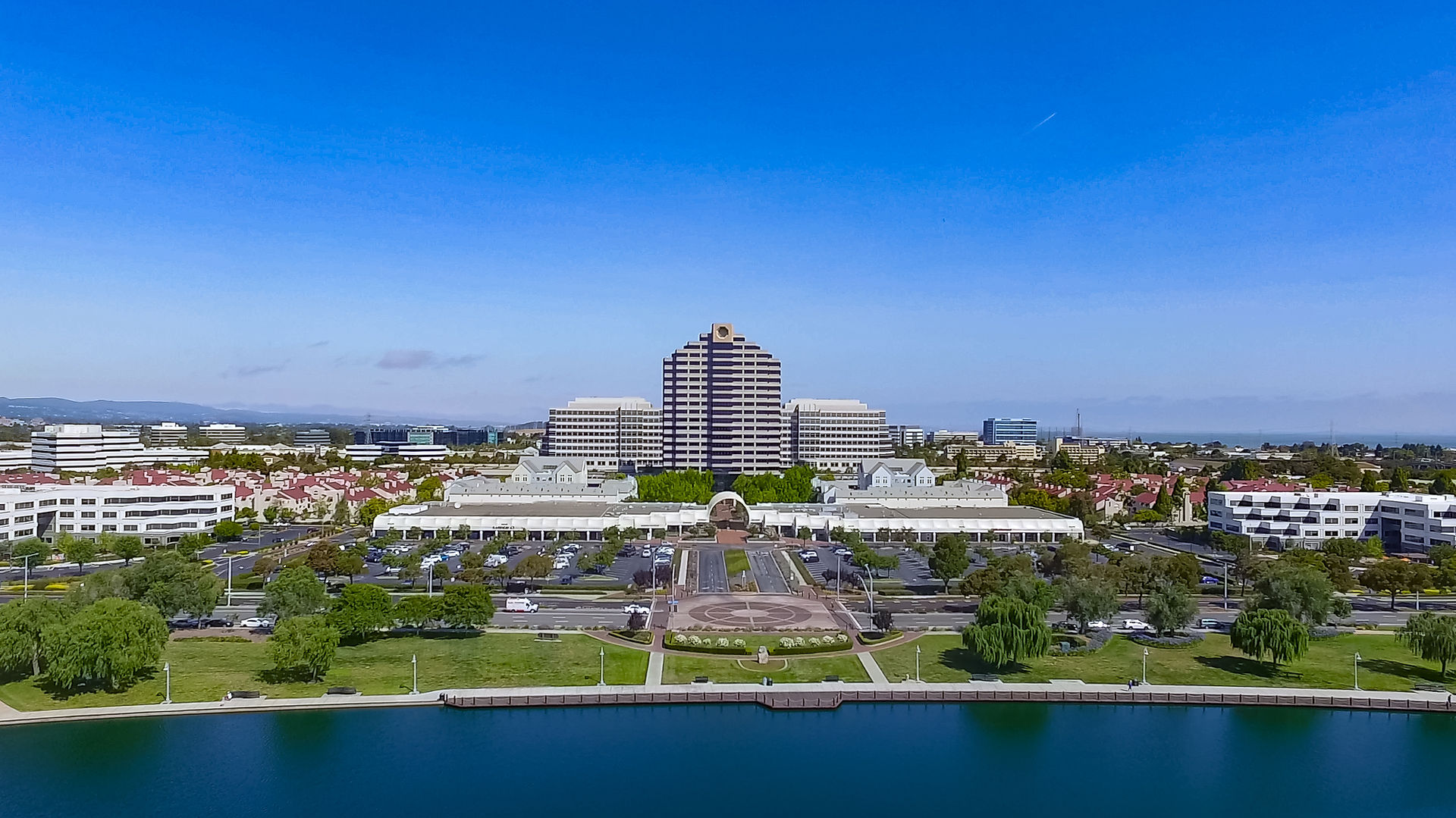The Impact of Drones on Urban Planning
- John J

- Sep 2
- 2 min read
Updated: Oct 26

The Rise of Drone Usage
In the past three years, there has been an incredible increase in drone usage across various sectors. From construction projects to security, drones have become mainstream. It makes sense that drones would enter the domain of urban planning. They are already used to monitor urban infrastructure projects, and now we are beginning to see their application in the early stages of project development.
Recently, in my city, a new initiative was announced. It's called the "Greater Downtown Plan," and it aims to direct development outside of the Downtown core for the next 15 years. Currently, they are in the planning phase, focusing on land use, urban design, and transportation & connectivity. Drones offer unprecedented opportunities in these focus areas.
Drones in Traffic Monitoring
Drones can monitor traffic flows. Using special software, they can analyze the behavior of that traffic. Years ago, my company helped Google Maps learn traffic patterns using drone footage at key intersections. Since then, with the advent of AI technologies, traffic flow and behavior can be analyzed in ways never thought possible.
Real-Time Data Collection for Urban Planners
Aerial photos and photogrammetry provide urban planners with valuable real-time information. Photogrammetry can reveal drainage areas, exact measurements of lot sizes, and topographical information. Even plant health can be assessed. This data is critical for urban planners and architects alike.
Benefits for Architects
Architects can utilize drone data for pre-planning and construction progress tracking. They can also use cinematic drone footage and photos to showcase their designs. Drones open up new opportunities for both clients and service providers.
Community Engagement
Engaging the community in urban planning is crucial. Drones can capture stunning visuals that help communicate ideas effectively. This can foster greater public interest and involvement in planning processes.
Cost and Time Efficiency
The bottom line is that drones can save urban planners time and money. This efficiency is key to the adoption of any technology. Drones are here to stay, and we can all benefit from the advantages they provide for urban planning and beyond!
Future of Drones in Urban Planning
As urban areas continue to grow, the role of drones in urban planning will likely expand. They can assist in monitoring environmental changes, assessing land use, and even engaging with the community. Drones can provide insights that were previously difficult to obtain, making them an invaluable tool for urban planners.
Conclusion
In conclusion, the integration of drones into urban planning is a game-changer. Their ability to provide real-time data, monitor traffic, and assist in design processes makes them indispensable. As technology advances, the potential applications for drones in urban planning will only grow. Embracing this technology can lead to smarter, more efficient urban environments.
Drones are not just a trend; they are a vital part of the future of urban planning.




Comments